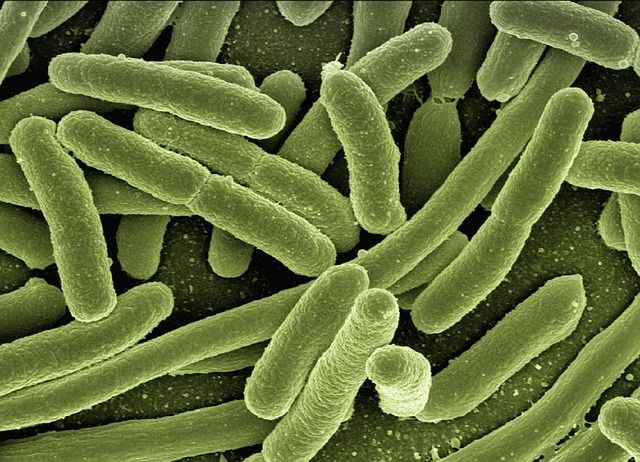12 Most Dangerous Bacteria, According To Science, And The Illnesses And Symptoms They May Cause

In a new statement released Monday, the World Health Organization listed the top 12 bacteria they felt were the biggest dangers to world health. Factors such as risk of antibiotic resistance and mortality rates for those infected were used to help rank them on their level of danger to the public.
Priority 1: Critical
Acinetobacter baumannii, carbapenem-resistant; Usually infect organ systems that have a high fluid content, and is responsible for illnesses such as urinary tract infections.
Pseudomonas aeruginosa, carbapenem-resistant; Causes a wide range of symptoms and illnesses such as pneumonia, skin infections, and eye infections.
Enterobacteriaceae, carbapenem-resistant, third generation cephalosporin-resistant; Responsible for about half of all hospital-acquired infections reported each year, such as urinary tract infections and blood infections.
Bacteria in this category are the biggest threat to human health as they have already been shown to be resistant to multiple types of drugs, CNN reported. Most importantly, they are resistant to antibiotics known as carbapenems, which are considered to be the most effective in treating drug-resistant infections.
There is ultimately nothing to treat infections caused by these bacteria. They are also responsible for high mortality rates among patients.
Read: Antibiotic Resistance Will Kill 10 Million People A Year By 2050
Priority 2: High
Enterococcus faecium, vancomycin-resistant; Responsible for hospital-acquired infections such as wound infections and urinary tract infections.
Staphylococcus aureus, methicillin-resistant, vancomycin intermediate and resistant; Responsible for stomach illness commonly referred to as "food poisoning.”
Helicobacter pylori, clarithromycin-resistant; Usually infect the stomach and can cause ulcers and inflammatory conditions in the stomach.
Campylobacter, fluoroquinolone-resistant; Causes a number of stomach and digestive symptoms such as diarrhea, cramping, and abdominal pain.
Salmonella spp., fluoroquinolone-resistant; Causes symptoms such as diarrhea, fever, and abdominal cramps.
Neisseria gonorrhoeae, third generation cephalosporin-resistant, fluoroquinolone-resistant; Causes infections of the reproductive tract and can lead to infertility it left untreated. May also infect the eye.
Priority 3: Medium
Streptococcus pneumoniae, penicillin-non-susceptible; Causes a wide range of illnesses such as pneumonia, ear infection, and sinus infection.
Haemophilus influenzae, ampicillin-resistant; Mainly infects babies and young children, causing illnesses ranging from ear infections to bloodstream infections.
Shigella spp., fluoroquinolone-resistant; Causes intestinal disease characterized by bloody diarrhea.
High- and medium-priority bacteria are showing increasing resistance against the main drugs used to fight these infections. At the moment, there are still a few options to treat these bacteria, but it's only a matter of time before they develop resistance as well. The WHO hope this list will help spur governments and pharmaceutical companies to work together to develop new and more effective drugs against these bacteria.
See Also:
How A Medical Miracle Turned Into The Biggest Public Health Danger Of Our Time
Daily Use Helps Bacteria Survive Treatment, Develop Multi-Drug Tolerance
Published by Medicaldaily.com



























